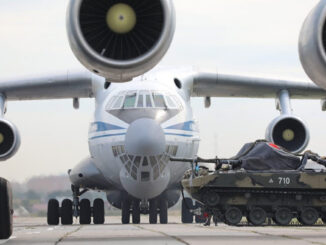
Forty-three crews from four countries participated in the 2019 edition of International Contest ´Aviadarts´ that was organized between 3rd and 17th August 2019 at Diaghilevo airfield, Ryazan region. An overall winner of the contest was the Russian Federation team, winning in four of seven categories. The second place went to China, and the third was shared by the teams from Belarus and Kazakhstan.
´Aviadarts´ is the international military aviation contest organized each year in Russian Federation, as one of the competitions included in the ´Army Games´, organized in Russia since 2015. The ´Army Games´ are often considered as ´military olympic games´ and containing several independent contests from the wide spectrum of military activities: tank games (the already well-known and spectacular ´Tank biathlon´), artillery competitions, intelligence and engineering games and many other.
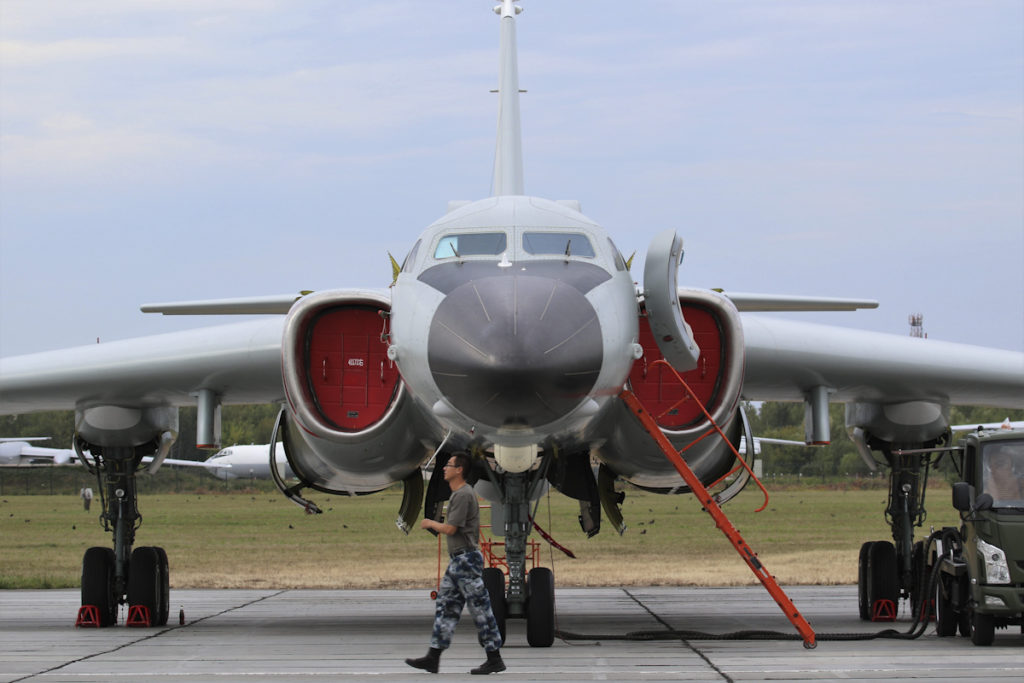
The aviation component of the ´Army Games´ – International Contest ´Aviadarts´ – is a complex competition for the flying and ground crews, where not only the perfect flying counts, but also the general training and coordination of the flying and ground personnel matters, the physical condition of the crews and also the technical condition and maintenance of the aircraft.
All branches of the military aviation can participate, in the following categories: Fighter Aviation, Attack Aviation, Bomber Aviation, Army Aviation (combat helicopters), Army Aviation (transport/combat helicopters), Military Transport Aviation and Long-Range Aviation. The pilots participating in the contest must be at least the third-class pilots, ranked up to the flight commander and not older than 35 years.
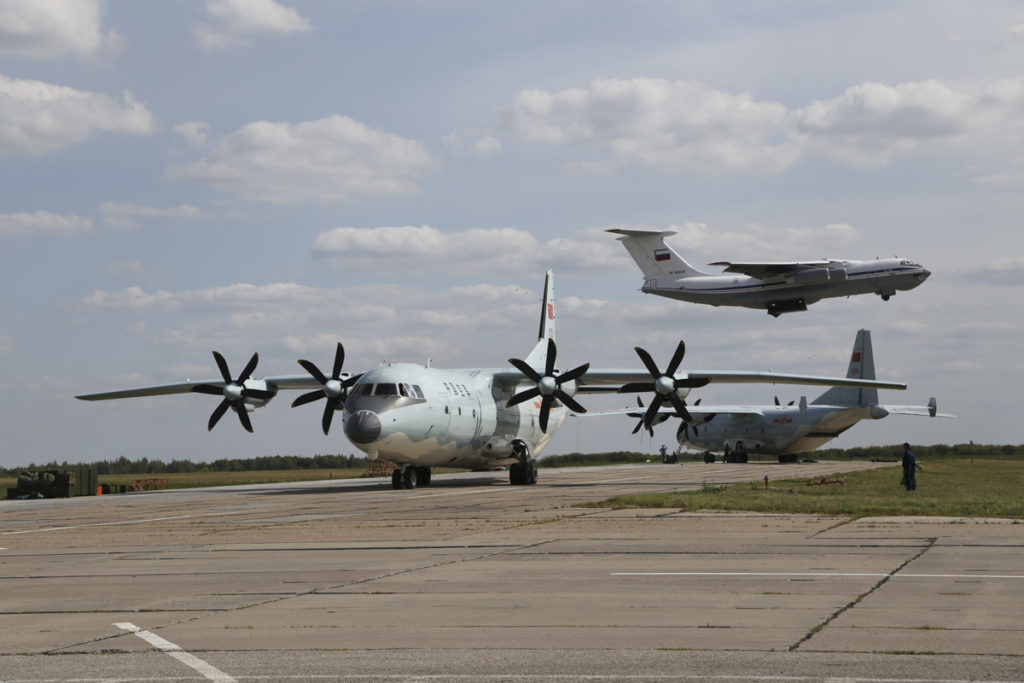
Every country participating in the contest is allowed to include in the national team (with the limited number of persons for each abovementioned category) the main and backup flying crew, flight management, maintenance and technical staff, referees, and the coaching team. The allowed number of aircraft is 3 for the Fighter, Attack and Army Aviation categories (2 main and 1 backup aircraft) and 2 for Bomber, Long-Range and Transport categories (1 main and 1 backup).
Each team is flying its own aircraft during the contest, it is also allowed to use two different types of aircraft in one category, under the condition they are usually operated by the air force of the participating country. The backup crew may be used only in case of illness or injury and no reverse replacement is possible. In case of crew change, the second crew score from the ´Physical exercise´ is counted and the current score for the flying missions is reduced by 20%.
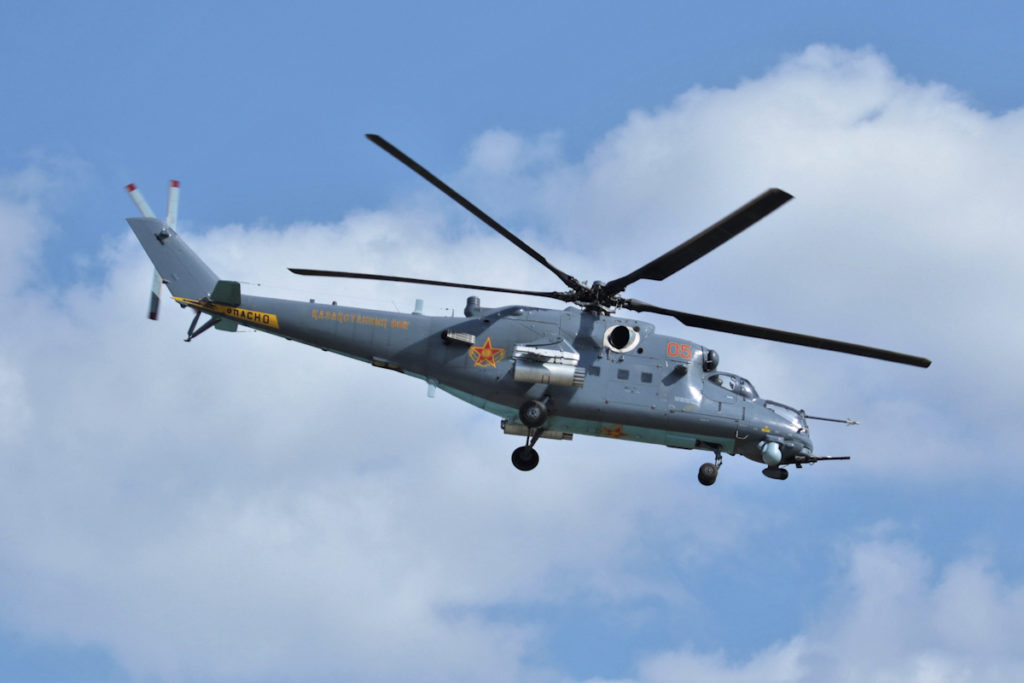
The ´Aviadarts´ is divided into three stages, each stage contains a set of mandatory tasks to be performed, focused on measuring the particular skills. The first stage competition is called ´Physical training´ (Физическая подготовка) and consists of four separate tasks – the stage starts with the complex exercise with the basketball ball, followed by the pull-up competition and 50 metres freestyle swimming, with the turns on the stationary gymnastic wheel at the end. Both main and backup crews must participate in this stage, the maximum score the teams can get for the ´Physical training´ is 120 points.
Stages 2 and 3 are the live-fly exercise divided into aerial combat (stage 2) and ground attack (stage 3) missions. The ammunition is very limited and, depending on the category, for each aircraft it is allowed to carry: Fighter, Attack and Army Aviation – 4 unguided air-to-surface missiles and 10 rounds to the aircraft gun; Bomber Aviation – one 250kg bomb and 4 unguided air-to-surface missiles, Long-Range – two 250kg bombs; and Transport aircraft – parachute cargo platform with a multi-canopied parachute system for 3 – 5 tonnes cargo drop.
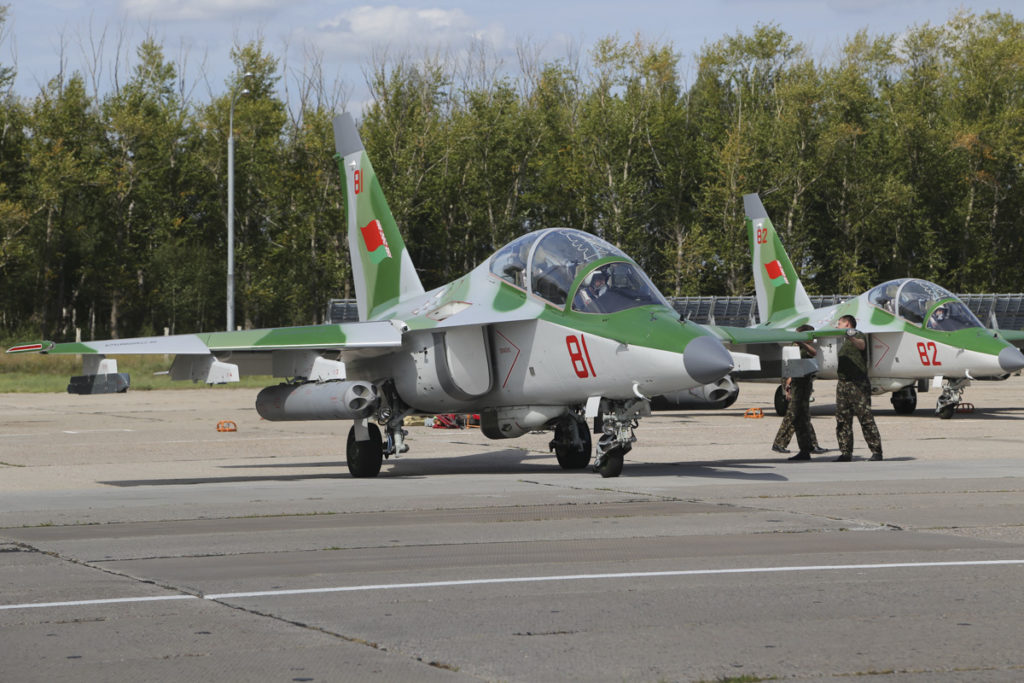
During the second stage, a multi-task live-fly mission is performed, the assessed elements of this stage are following the designed flight path, visual aerial reconnaissance and pilotage skills (Полет по маршруту, ведение визуальной воздушной разведки,техника пилотирования). The mission is flown in pairs and breaking the pair is strictly prohibited. During the flight the crews must perform a set of mandatory flying manoeuvres, divided into horizontal and vertical ones – the horizontal manoeuvres must be performed separately, the vertical ones may be combined but no recovery is possible. Long-Range and Transport Aviation is not participating in Stage 2.
The goal of the Stage 2 is to compare the air navigation skills, the ability to search for the ground objects and performing the aerobatic manoeuvres while flying in pair. A usual mission of the second stage takes around 40 minutes, with 4 – 5 minutes purely for the aerobatics. Certainly, the exact tasks are a bit different, depending on the type and role of the aircraft. After accomplishing the mission, precision and accuracy of landing within the required area is also scored, in all aeroplane categories.
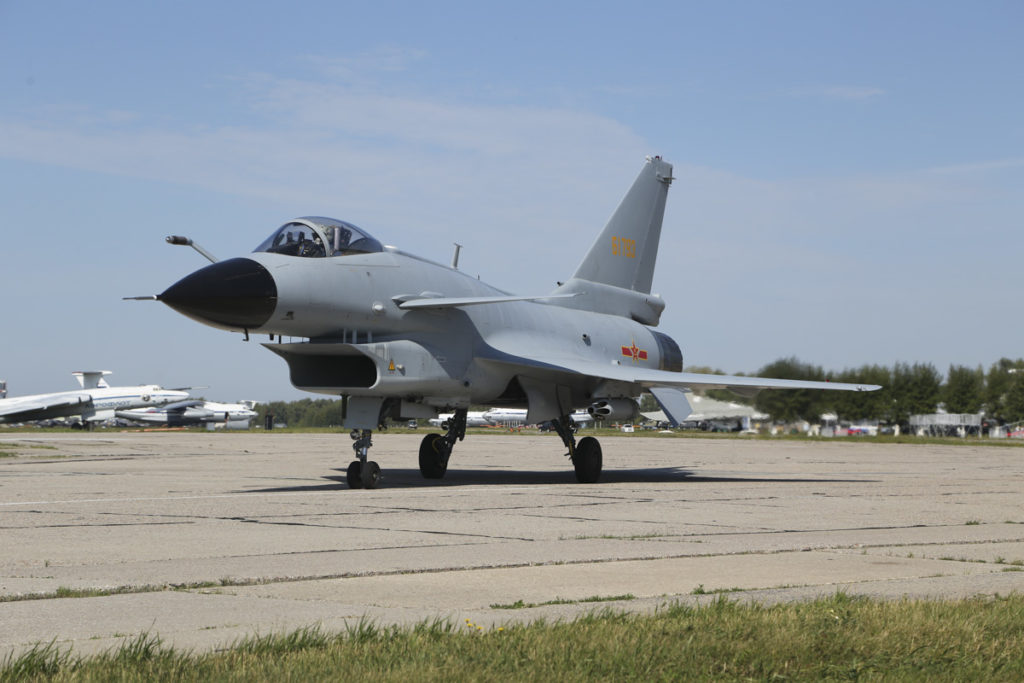
In the air navigation part of the mission, the accuracy and time of passing the reference points are measured. Visual aerial reconnaissance is scored by the number of objects detected on the ground and the accuracy in determining their location. Those objects are 9×9 metres in size, red, black or white colour. As this is a strictly visual reconnaissance, using of any supporting technical instrument is forbidden. Additionally, not only the performance in the air matters during this mission, but also the intelligence report that must be delivered no later than 30 minutes after landing. There are strict rules regarding the height of flight or time for staying in the search zone and breaking those rules will result in disqualification.
With no doubts, the most complicated criteria are set for the aerial aerobatics. Each figure is precisely evaluated while taking into account if the exact parameters of mandatory manoeuvres were followed (pair leader), then observing the rules of the formation flight (wingman), task performance time and finally also the landing accuracy.
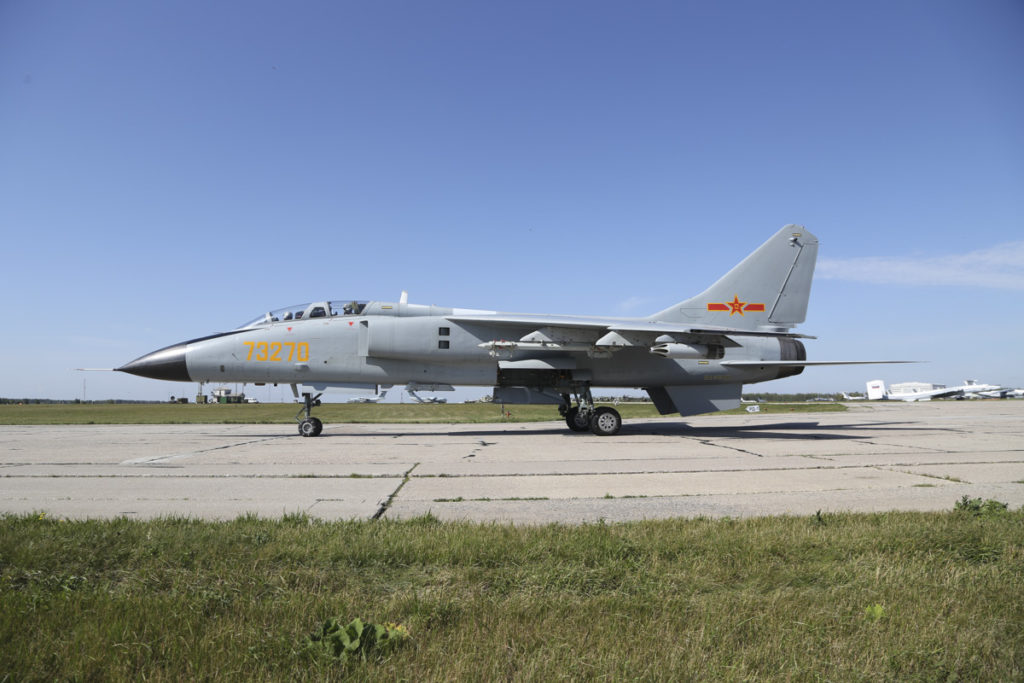
The third and last stage is focused on the air-to-ground attack (Боевое применение по наземным целям) or cargo drop (for Transport Aviation). The missions are divided by the aircraft type, in addition to the tasks performed by all crews, both Long-Range and Transport aeroplanes are evaluated for the flight path, mandatory flight level and other pilotage skills. At landing, not only the accuracy is measured in those two categories, but also observing the vertical G force rules.
In Stage 3 each participating crew performs two missions, every flight for using the different type of weapon. Only one attack per flight is possible and the assessed elements are attack / cargo drop at specified time and accuracy of attack / cargo drop.
There are two types of targets at the range – a circle with 100 metres diameter for the bombers and system of separate mock-up models being the target for rockets/cannons. As mentioned, the crews are scored for the attack precision, and bomb hit beyond the 100 metres circle means no points at all. The same with shooting, one or more direct hits means 100 points, if there is no direct hit, the crew can receive 25 points for missile hit within the 30 metres diameter – ´target area´ (respectively 10 points when firing the cannon). The cargo drop is assessed by precision, the closer the dropped load is to the central point, the more points are awarded.
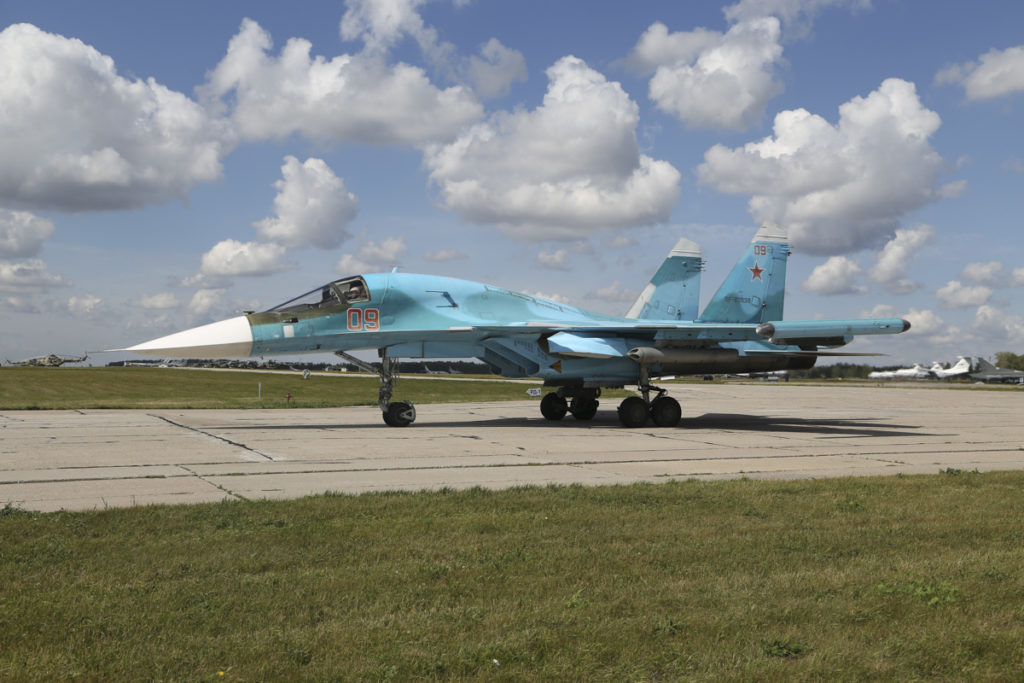
The final position in each aviation category is determined by the total number of points scored by the participating crew during the contest. In 2019, the Russian national team won in the Fighter, Bomber, Long-Range and Army Aviation categories, additionally winning other four silver and two bronze medals.
The golden medal in Military Transport Aviation category was won by China, the Chinese team also won other two silver and one bronze medals. Belarus and Kazakhstan were the winners in Army Aviation (transport/combat helicopters) and Attack Aviation categories.
Four national teams participated in the contest with the following aircraft: Su-35C, Su-30SM, Su-34, Su-25, Tu-22M3, Il-76, Ka-52, Mi-28N, Mi-8 (the Russian Federation); Su-30, Mi-35, Mi-171 (Kazakhstan); Yak-130, Mi-24, Mi-8 (Belarus); J-10, JH-7A, N-6K, Y-9, Il-76 (China).
The final closing ceremony of ´Aviadarts 2019´ was organized at Diaghilevo on 17th August.
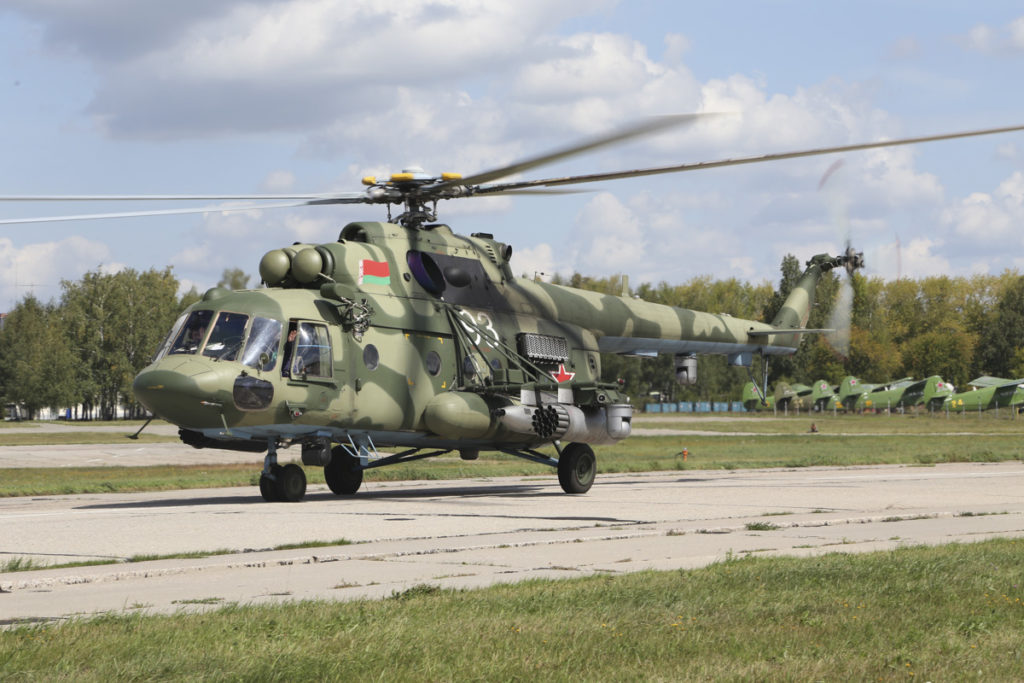
All photos © Министерство обороны Российской Федерации, used under the Creative Commons Attribution 4.0 license.


